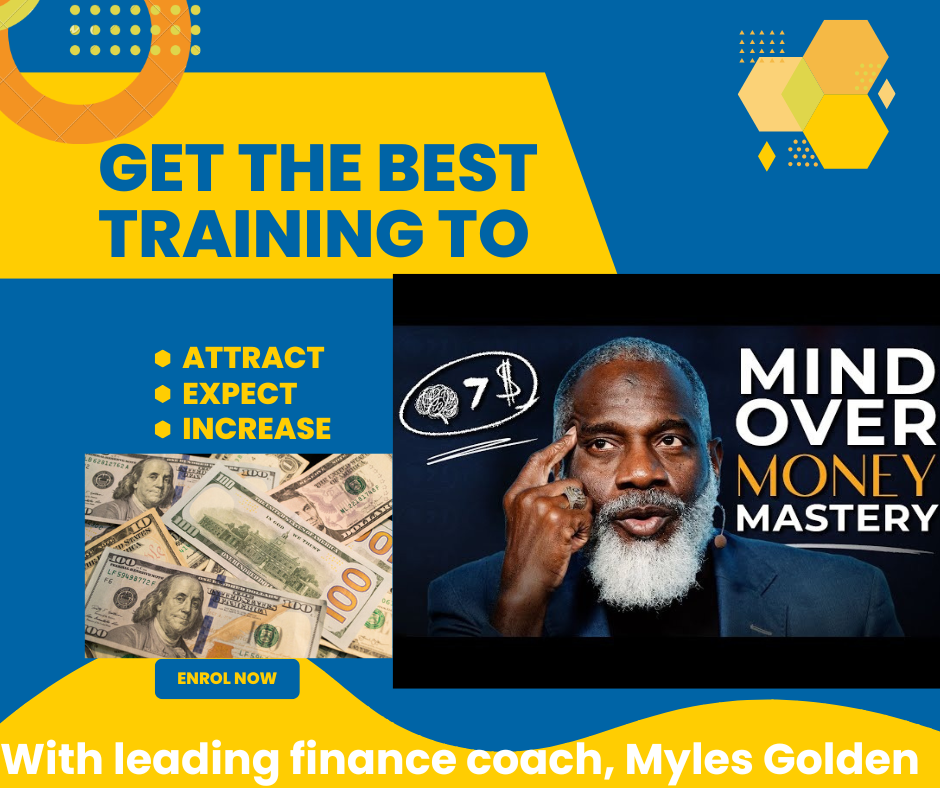

This is one of my most ambitious projects, as it aims to capture everything
I learn through books, film, education, life experience, contemplation, etc.
into a single place, and to present it as a concise nugget of
interestingness.
Eventually the goal is to then link those pieces of wisdom together into
something like
a Wisdom Genome
so we can see relationships between them, etc.
So when I learn something from To Kill a Mockingbird, or
Thinking Fast and Slow, or How the Mind Works—what
specifically did I learn? This resource aims to capture that, and will be
one of the flagship resources on the site.
Cancer is an aging problem. Evolution doesn’t like people staying around injecting too much error
into their own cells, so cancer evolved to ensure that after a certain point
you’ll simply die of it.
When you approach a problem, start from scratch instead of starting with the
limitations of existing solutions. Example:
figure out how to better convert battery energy into car torque, not how
to improve on previous attempts to do so.
Convexity
means building an approach to decision-making where you gain well if things
go well, but don’t lose that much if it goes poorly. The opposite is
concavity, where you lose a lot if things go bad, and don’t really gain that
much if it goes great.
Positive Disintegration
is a theory of personal development where hardship and struggle serve as
disintegration forces on an early psyche that is very self-centered. Through
a series of disintegrations we then eventually end up at as an altruistic
and moral person. But a danger exists that one or more of the
disintegrations could cause one not to grow, but to decline into depression
and/or suicide.

Graham’s Disagreement Hierarchy
has the following quality tiers for arguments, from best to worst: refuting
the central point, refutation, counter-argument, contradiction, responding
to tone, ad hominem, name-calling.
The moralistic fallacy
is the leap from ought to is, meaning the feeling that things are the way
they should be, which they’re usually not.
The Golden Circle of effective thought leadership
is three concentric circles. The innermost is Why? The next one out
is How? And the outer one is What? Great companies start with
Why? and move outward. Mediocre companies start with What and never quite
make it inward. Companies that start with Why resonate with people, and get
them to believe in their vision. This makes it so they’ll buy anything from
the company. Companies that start with What blend in with everyone else, and
don’t ever stand out. The concept applies to people as well. Good leaders of
people have a vision and a core set of beliefs, and they lead by pursuing
those beliefs through the How? and What? Weak leaders just tell you What and
How, and don’t provide any insight into Why.
Six Types
of Primary Story:
-
Rags to Riches — A continuous rise, e.g.,
Alice’s Adventures Under the Ground -
Riches to Rags — A continuous fall, e.g., Romeo and Juliet
-
Into a Hole — A fall then a rise
-
Icarus — A rise then a fall
-
Cinderella — A rise, then a fall, then a rise
-
Oedipus — A fall, then a rise, then a fall
Experiencing Self vs. Remembering Self is how part of you experiences
things, and another records and recalls memories about those experiences.
This affects happiness and experiences because the end of experiences are
what get recorded and considered by the remembering self.
System 1 and System 2
are two primary ways to form thoughts: System 1 is fast, automatic,
frequent, emotional, stereotypic, subconscious. System 2 is slow, effortful,
infrequent, logical, calculating, conscious. Kahneman uses these different
modes of thought to describe many things about how humans behave.

The Anchoring Effect
talks about our tendency to be influenced by irrelevant numbers that we’re
exposed to, e.g. judges giving shoplifters more time if they rolled dice
that came up with a high number.
Prospect Theory
is a behavioral economic theory that describes the way people choose between
probabilistic alternatives that involve risk, where the probabilities of
outcomes are known. The theory states that people make decisions based on
the potential value of losses and gains rather than the final outcome, and
that people evaluate these losses and gains using certain heuristics.
O-Ring Theory
is the idea that when you have a series of steps being performed, you
dramatically reduce the quality of the product by introducing B anc C
players in the stream, whether they are people or processes. So if you have
5 A players, and one C player, you end up with C or B quality. And the more
A players you have the higher the quality goes, but the more low-quality
players you have the worse the quality gets. It’s like you’d imagine, except
far more dramatic.
Staying Naive About Possibilities: To the beginner there are infinite
possibilities; to the expert there are few. You want to figure out a way to
get the expertise without losing the optimism of being a novice.
The Naturalistic Fallacy is the tendency to believe that what is found in
nature is good, or right, or just, or to be imitated as some sort of
example. When in fact, nature is quite cruel and vicious and not necessarily
something to emulate.

The Theory of Constraints
is a management paradigm that views any manageable system as being limited
in achieving more of its goals by a very small number of constraints. There
is always at least one constraint, and TOC uses a focusing process to
identify the constraint and restructure the rest of the organization around
it.
You Already Have Everything: Imagine that you already own everything
nice there is to have in the world. Other people are simply storing these
things for you—at no cost to you. If you want a new TV, you can have one
brought to you at any time. If you want a nice watch, it’s just the same.
All things are simultaneously yours as well as not yours, since when you die
you will leave with none of them anyway. Don’t obsess over having things
that you simultaneously already have and can never have.
What’s Fun For You, But Work For Others: Figure out you do naturally
that others consider to be extremely hard work, and that might be your
calling in life, or at the very least a good way to make money.
The Pareto Principle, also known as the Law of the Vital Few, it states that roughly 80% of the
effects come from roughly 20% of the causes.
The Pseudo-certainty Effect
is about peoples’ tendency to perceive an outcome as certain while in fact
it is uncertain. It is observed in multi-stage decisions in which evaluation
of outcomes in previous decision stage is discarded when making an option in
subsequent stages.

Postel’s Law (The Robustness Principle)
says to be conservative in what you do, and liberal in what you accept from
others. It’s usually applied to the creation of standards that require a
balance between stability and interoperability.
Induction vs. Deduction: Induction goes from observations to general statements, and deduction
goes from statements to additional statements until you arrive at a
conclusion. Inductive results have a likelihood of truth based on the
strenth of the argument and the evidence, while deduction results are
definitely true as long as the premises are true.
Get a weekly breakdown of what’s happening in security and tech—and why it matters.
Parkinson’s Law
says that work expands to fill the time available for its completion.
Logical Fallacies
are errors in reasoning that undermine the validity of an argument. Formal
Fallacies are problems with the argument’s form, and include anecdotes,
appeal to probability, argument from fallacy, base rate fallacy, conjunction
fallacy, masked man fallacy, and unwarranted assumption fallacy. Informal
Fallacies are problems with an argument’s content, and include arguments
from ignorance, argument from personal incredulity, ad hominem, argument to
moderation, argument from silence, begging the question, confirmation bias,
continuum fallacy, equivocation, the ecological fallacy, the etymological
fallacy, fallacy of the single cause, furtive fallacy, gambler’s fallacy,
hedging, historian’s fallacy, inflation of conflict, if by whiskey,
moralistic fallacy, naturalistic fallacy, nirvana fallacy. The are also
other types of fallacy, such as: no true Scotsman, cherry picking,
thought-terminating cliche’, poisoning the well, appeal to authority, appeal
to accomplishment, appeal to consequences, appeal to emotion, appeal to
equality, appeal to motive, appeal to poverty, appeal to nature, appeal to
novelty, appeal to tradition, appeal to wealth, reductio ad hitlerum, and
broken window fallacy.
Post Hoc deals with analysis or other activity taking place after the
event in question.
Ad Hoc is something that’s done for just one instance or purpose.

A Priori is something claimed or imagined before gathering evidence,
experience, or conducting an experiment.
A Posteriori deals with things you can only claim after gathering
evidence or experience.
Occam’s Razor, aka “The Law of Parsimony”, or “The Law of Succinctness”. Occam’s Razor
is an interesting one, as there is the newer, accepted, and technically
incorrect meaning, and then there is the real one. First the modern, common,
and wrong one: This one reduces to
the idea that all things being equal, the simpler of two explanations for
something is probably correct.
A common interpretation of this is “entities must not be multiplied beyond
necessity”, from the Latin, “Entia non sunt multiplicanda praeter
necessitatem”. There are many similar or related versions of this, e.g.
“Make everything as simple as possible, but no simpler.” (Einstein), and
“The simplest answer is usually the correct answer.” This is, however,
incorrect. Occam’s razor is not concerned with the simplicity or complexity
of a good explanation as such, it only demands that the explanation is free
of elements that have nothing to do with the phenomenon (and the
explanation). Here’s a quote by Occam himself that shows the true meaning:
“The source of many errors in philosophy is the claim that a distinct
signified thing always corresponds to a distinct word in such a way that
there are as many distinct entities being signified as there are distinct
names or words doing the signifying.” (Summula Philosophiae Naturalis III,
chap. 7, see also Summa Totus Logicae Bk I, C.51).
It’s easier to improve something by 10X than 10%: It’s often
extremely difficult to improve any given design or solution by 10% when
compared to building a solution that is 10X better because when doing the
former you are accepting as given the set of constraints that the previous
creator(s) faced.

The Dunning-Kruger Effect
is where many people with lower skill display much higher confidence than
those with high skill. Other symptoms include: Incompetent individuals tend
to overestimate their own level of skill, incompetent individuals fail to
recognize genuine skill in others, and incompetent individuals fail to
recognize the extremity of their inadequacy. Happily, if they can be trained
to substantially improve their own skill level, these individuals can
recognize and acknowledge their own previous lack of skill.
Reciprocal Altruism: Being altruistic because its most beneficial in
the longterm for you as well. Basically, people give to those who give back
(from biology).
Midas World: work and leisure are switched in the future, and the
poor are the ones required to buy and consume while the rich can lead simple
lives.
Cognitive dissonance is the uncomfortable feeling caused by holding
two contradictory ideas simultaneously. The “ideas” or “cognitions” in
question may include attitudes and beliefs, and also the awareness of one’s
behavior.
The Nice Guy Paradox: Where women only like kindness from men who
aren’t being kind out of necessity.
Near / Far Thinking are two modes (or a spectrum of modes) in which
we can think about things. We choose which mode to think about something in
based on its distance from us, or on the level of detail we need. This
property of human mind is studied in construal level theory. NEAR: All of
these bring each other more to mind: here, now, me, us; trend-deviating
likely real local events; concrete, context-dependent, unstructured,
detailed, goal-irrelevant incidental features; feasible safe acts; secondary
local concerns; socially close folks with unstable traits. FAR: Conversely,
all these bring each other more to mind: there, then, them; trend-following
unlikely hypothetical global events; abstract, schematic, context-freer,
core, coarse, goal-related features; desirable risk-taking acts, central
global symbolic concerns, confident predictions, polarized evaluations,
socially distant people with stable traits.
Hanlon’z Razor says, ”Never attribute to malice that which is
adequately explained by carelessness.”
It’s not the drug that keeps you addicted. It’s the lack of another
life loop to keep you occupied. This is why someone with a healthy life can
go the hospital and get drugs way more powerful than what you get on the
street, and they can take them for days, but when they leave the hospital
they go back to their lives and they’re fine. The solution to addiction, in
other words, is having a life that’s better than drugs.
Related Posts

Technical Analysis: 4 Stocks with signs of death crossovers to keep an eye on

HDFC Bank & 3 other fundamentally strong stocks trading above 200 DMA to keep an eye on

Falling Channel Breakout: Multibagger NBFC Stock Shows Bullish Momentum on Daily Chart

4 Fundamentally strong stocks to buy for an upside potential of up to 36%; Do you hold any?
















0 responses on "Passive Learning"